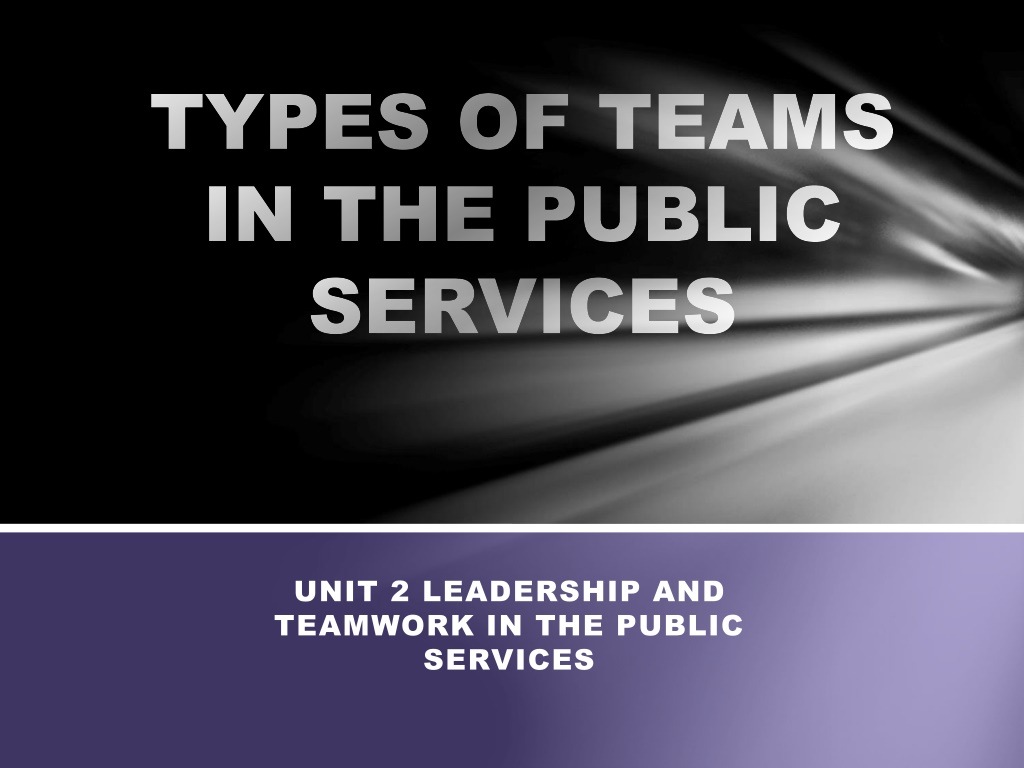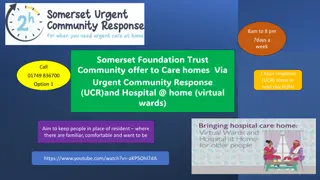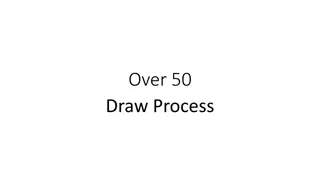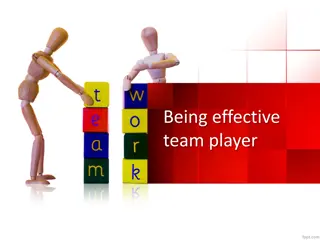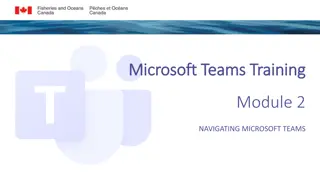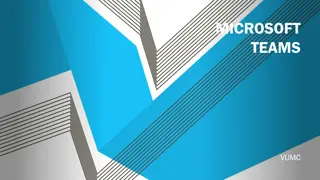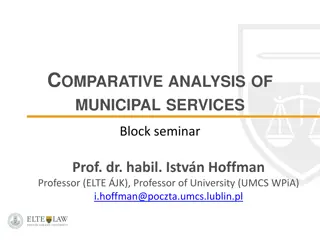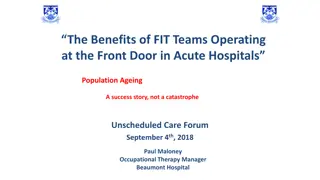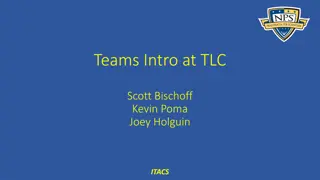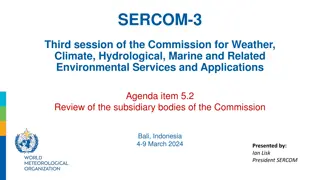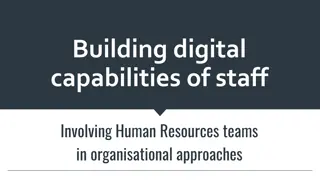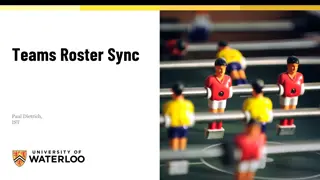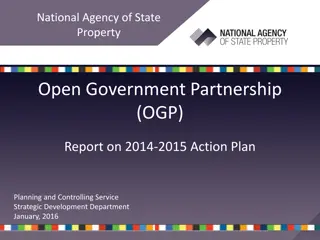Types of Teams in Public Services
Definition and categorization of teams in public services, including formal, informal, temporary project, and permanent teams. Explore the structure and dynamics of these teams in uniformed and non-uniformed public service settings.
Download Presentation

Please find below an Image/Link to download the presentation.
The content on the website is provided AS IS for your information and personal use only. It may not be sold, licensed, or shared on other websites without obtaining consent from the author.If you encounter any issues during the download, it is possible that the publisher has removed the file from their server.
You are allowed to download the files provided on this website for personal or commercial use, subject to the condition that they are used lawfully. All files are the property of their respective owners.
The content on the website is provided AS IS for your information and personal use only. It may not be sold, licensed, or shared on other websites without obtaining consent from the author.
E N D
Presentation Transcript
TYPES OF TEAMS TYPES OF TEAMS IN THE PUBLIC IN THE PUBLIC SERVICES SERVICES UNIT 2 LEADERSHIP AND TEAMWORK IN THE PUBLIC SERVICES
INTRODUCTION One definition of a team is a group of people working together for a common purpose . The public services, both uniformed and non-uniformed, is made up of many different teams. Some teams can be very small, consisting of three or four people; other teams may contain hundreds of people, as in the case of a regiment, for example. The size of the task will determine the size of the team required. Small teams may be part of large teams, and team leaders may themselves be members of a team of team leaders.
TYPES OF TEAMS Formal teams A formal team is a team that is clearly structured and closely monitored to ensure that goals are achieved. Formal teams may be set up by senior management to look at a particular issue. An example of this would be where a multi-agency team is created under a government initiative to reduce crime in a particular area.
TYPES OF TEAMS Informal teams The opposite of formal teams. There are few rules, no uniform, and minimum discipline and structure. This can allow for innovation and new practices. A voluntary group which is set up to help deprived families would be an example of this.
TYPES OF TEAMS Temporary project teams These teams may be set up at short notice, for example, after the 2005 London bombings. These are often multi-agency teams, which means team members have to work with others who they would not normally work with. This can cause some strain among members. Teams can then be disbanded when a project is completed.
TYPES OF TEAMS Permanent teams The uniformed public services consists of many permanent teams. Team members will work alongside one another every day; they will form a bond and can become very close, almost like family. This is particularly true of the armed forces. Many forces regiments are very traditional and have deeply rooted practices which they are reluctant to change.
Question.. What specific types of teams are in the public services? This could range from the Army, RAF, Navy, Fire service, Police etc
Specific teams Divisions some public services have divisions . The British Army has five divisions, which are the largest units within the Army. Each division has lots of other teams within it. The Fire and Rescue Service is also divided into divisions. Departments many public services organisations comprise different departments. For example, a local council may have an Education Department, Social Services Department, Parks and Leisure Department, Highways Department, Planning Department and others. A Police Constabulary will have departmental teams such as CID (Criminal Investigation Department), Traffic Department, Forensic Department. Sections a section can be a small part of any department or organisation. The work of the section is usually specialised. For example, a Finance Section would handle the financial aspects of an organisation.
Specific teams Geographical teams these types of teams work in particular areas or regions. Many services such as the Police and Fire and Rescue Services cover a geographical area, which could be a city or a county. Multi-disciplinary teams these are teams that comprise people with different specialisms which may be required for a particular operation or project. Regiments an army regiment is a very large type of team comprising around 650 soldiers. Regiments are usually steeped in history and tradition and members have a very strong sense of pride. The 22nd (Cheshire) Regiment, the Staffordshire Regiment and the Worcestershire and Sherwood Foresters were very old regiments that were combined as the Mercian Regiment as a result of army funding cuts. There was a lot of sadness about this among everyone connected with the old regiments.
Specific teams A Brigade - is a large group consisting of several regiments and around 5,000 soldiers. Forces the police used to use this name, but now prefer the word service . The term is sometimes still used in military situations. Multi-agency teams these are teams consisting of several different agencies working to a common purpose. Crime Reduction Partnerships are one example of this. Search and rescue teams these can be volunteer teams, such as Mountain Rescue, or could be part of a Royal Navy team.
Specific teams There are other teams which are specific to the uniformed public services. For example: The Fire Service has watches named by colours, e.g. Blue Watch, White Watch, Green Watch etc. The Police Service uses teams, which are known as squads, for some operations, e.g. Drugs Squad. Other teams that operate together are known as shifts . The navy uses the term crew for different teams.
